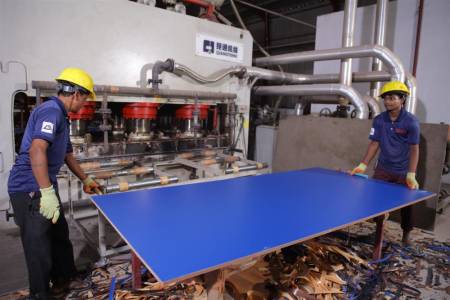
Particleboard, also known as chipboard, is a cost-effective engineered wood panel manufactured from wood particles or flakes, bound together with resin under high pressure and heat. It's a widely used material in various applications due to its affordability, consistent properties, and ease of machining. This description details its characteristics, advantages, disadvantages, and common uses.
Key Features:
Advantages:
Disadvantages:
Common Applications:
Choosing the Right Particle Board:
When selecting particleboard, consider the following factors:
Particleboard offers a balance of affordability and functionality, making it a versatile material for a wide array of applications. However, it's crucial to understand its limitations and choose the appropriate type for the specific project to ensure successful results.